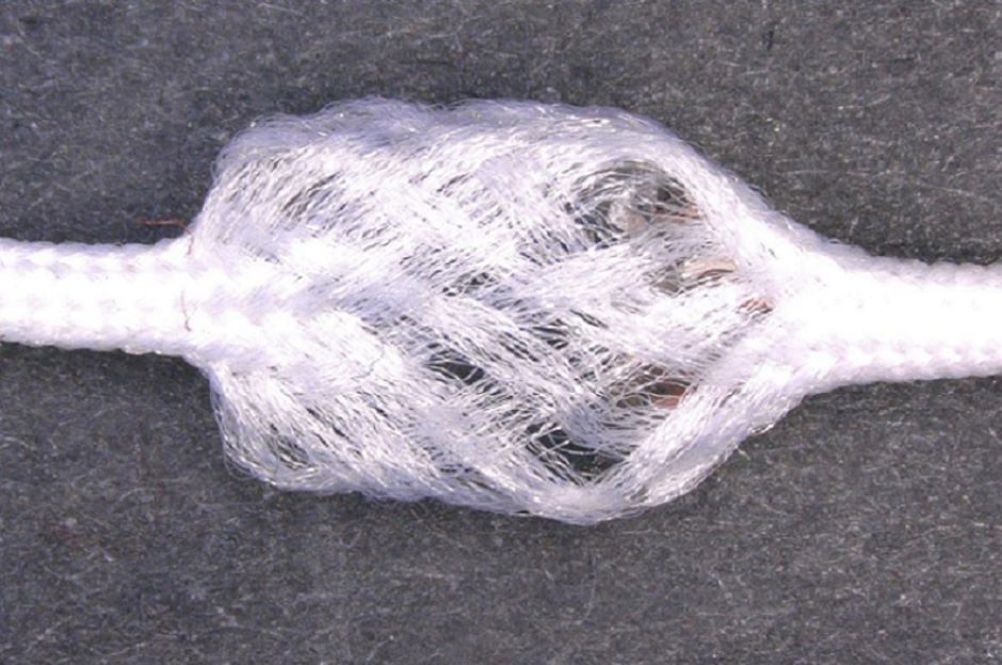Researchers created a prototype over-sock which detects near-falls - which include slips, trips or stumbles - with over 94 per cent accuracy, which can inform carers and professionals so that action can be taken to prevent an actual fall.
Near-falls are an independent predictor of substantial falls and research shows that they may help clinicians assess the fall risk in older adults.
“Falls can be devastating to the quality of life of older people,” said Dr Theodore Hughes-Riley, of the Advanced Textiles Research Group (ATRG) at Nottingham School of Art & Design, who is an associate professor in electronic textiles. “And with a rise in the ageing population, falls will only continue to have a significant impact on older people, causing loss of confidence and increased frailty.”
Related content
The over-sock features a motion sensor embedded at the ankle and can be connected to an internet enabled device via a detachable microcontroller using Bluetooth. The electronic circuitry cannot be felt by the wearer, and the motion sensor is encapsulated in a resin so it is washable. The team’s findings have been published in Electronic Textile Materials.

In their paper, the team said that the motion sensing E-yarns employ an embedded MPU-6050 inertial measurement unit (IMU), which is a 6-axis IMU with a 3-axis accelerometer and a 3-axis gyroscope.
The MPU-6050 embedded e-yarns were then manufactured in three-steps. First, ten insulated Litz wires were soldered onto the IMU. The second step involved the encapsulation of the soldered IMU and a supporting Vectran yarn (a manufactured fibre, spun from a liquid-crystal polymer) within a UV curable resin micro-pod measuring 4mm×4mm×1mm. The Litz wires were all positioned in one direction, parallel to the Vectran yarn.
The final step required the encapsulated IMU, plus the wires and Vectran, to be covered in a braided sheath to consolidate the final yarn and add strength. This resulted in a final E-yarn that was 5.4mm at its widest point, was mechanically robust, and had the appearance of a textile yarn, the team noted.
An algorithm can process the data and spot any unusual motion and differentiates between a fall or a near-fall. According to NTU, the aspiration is that once the over-sock detects an actual fall, then the technology alerts emergency care workers so that action can be taken if necessary.
The research results are the cumulation of researcher Zahra Rahemtulla’s PhD studies, who said: “As well as detecting near-falls, it is important that the technology can raise the alarm when somebody has had an actual fall and badly injured themselves.
“When an older person experiences a fall, they can be left unconscious or immobile on the floor for a long period of time and unable to call for help.”
Rahemtulla continued: “So by alerting carers and medical professionals to falls in real time, older people will be able to receive the treatment that they may badly need, which could help save lives.”





Labour pledge to tackle four key barriers in UK energy transition
I'm all for clarity and would welcome anyone who can enlighten me about what Labour's plans are for the size and scale of this Great British Energy....